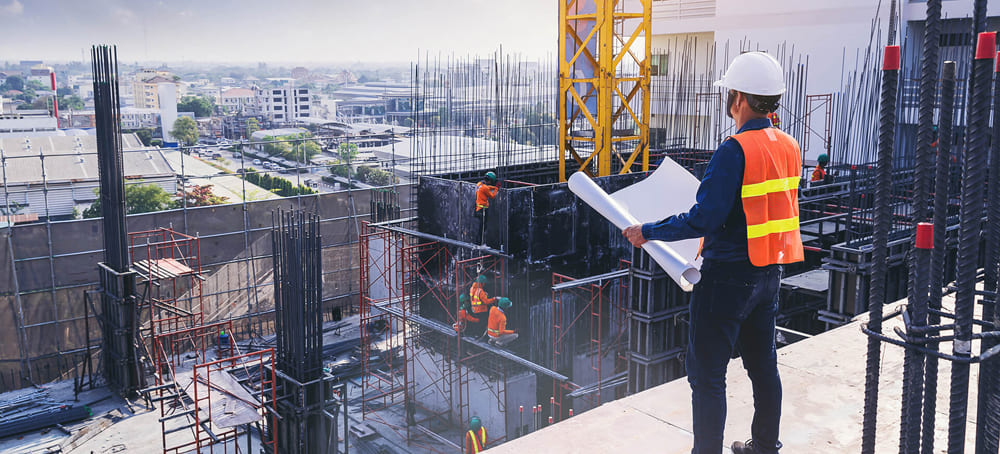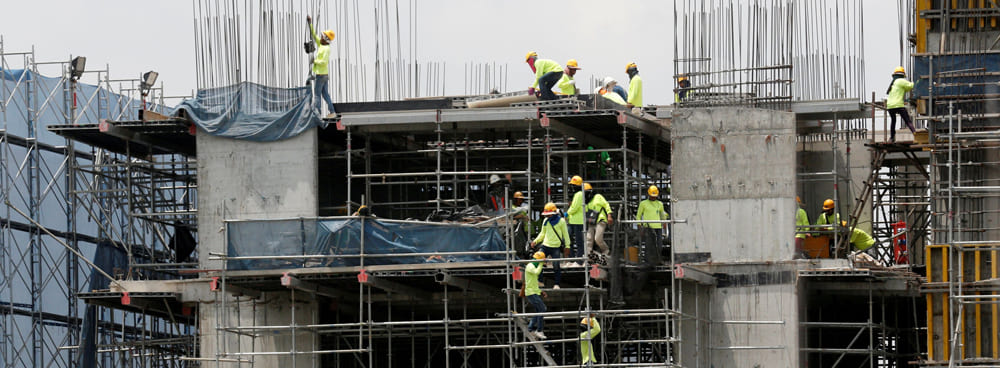How Often Should Hard Hats be Inspected?

Hard hats are an essential piece of personal protective equipment (PPE) used in various industries to protect workers from head injuries. However, over time, hard hats can deteriorate or sustain damage, compromising their effectiveness. Regular inspections play a crucial role in ensuring that hard hats remain in proper condition and provide optimal protection. This article aims to answer the question: How often should hard hats be inspected?
Daily Visual Inspections:
Workers should conduct a visual inspection of their hard hats before each use. This quick check involves looking for signs of damage, such as cracks, dents, or punctures. Additionally, they should examine the suspension system, chin straps, and any accessories to ensure they are secure and in good condition. Any hard hat showing visible signs of damage should be taken out of service immediately and replaced.
Periodic Inspections:
In addition to daily visual inspections, hard hats should undergo periodic inspections at regular intervals. The frequency of these inspections depends on various factors, including the manufacturer's guidelines, workplace hazards, and the specific industry requirements. Typically, a thorough inspection every six months is recommended, but it's important to consult relevant regulations and standards for specific recommendations.

Inspection Criteria:
During periodic inspections, several key aspects should be evaluated:
a. Exterior Condition: Check for cracks, dents, holes, or other signs of physical damage on the hard hat shell. Pay attention to any areas of discoloration, as it may indicate exposure to chemicals or UV radiation, which can weaken the hat's structural integrity.
b. Suspension System: Inspect the suspension system, including the straps, headband, and ratchet mechanism (if present). Ensure that the suspension is intact, properly adjusted, and securely attached to the shell.
c. Labels and Markings: Verify that the hard hat displays all required labels, including the manufacturer's name, model number, ANSI/ISEA certification, and any additional information specified by regulations.
d. Accessories: If the hard hat has accessories such as face shields or hearing protection, inspect them for cracks, scratches, or other damage. Ensure that they are securely attached and do not compromise the overall protection provided by the hard hat.

Training and Documentation:
Employers should provide proper training to workers on how to inspect and maintain hard hats. They should also establish a documented inspection process, including a record of inspections conducted and any corrective actions taken. This helps ensure accountability and compliance with safety regulations.
Regular inspections are vital to maintaining the integrity and effectiveness of hard hats in protecting workers from head injuries. Daily visual inspections by individual workers and periodic thorough inspections help identify and address any issues or damages promptly. Adhering to recommended inspection frequencies and following relevant guidelines and regulations contribute to a safer work environment. Remember, a well-maintained hard hat is a reliable safeguard for workers' head protection.










